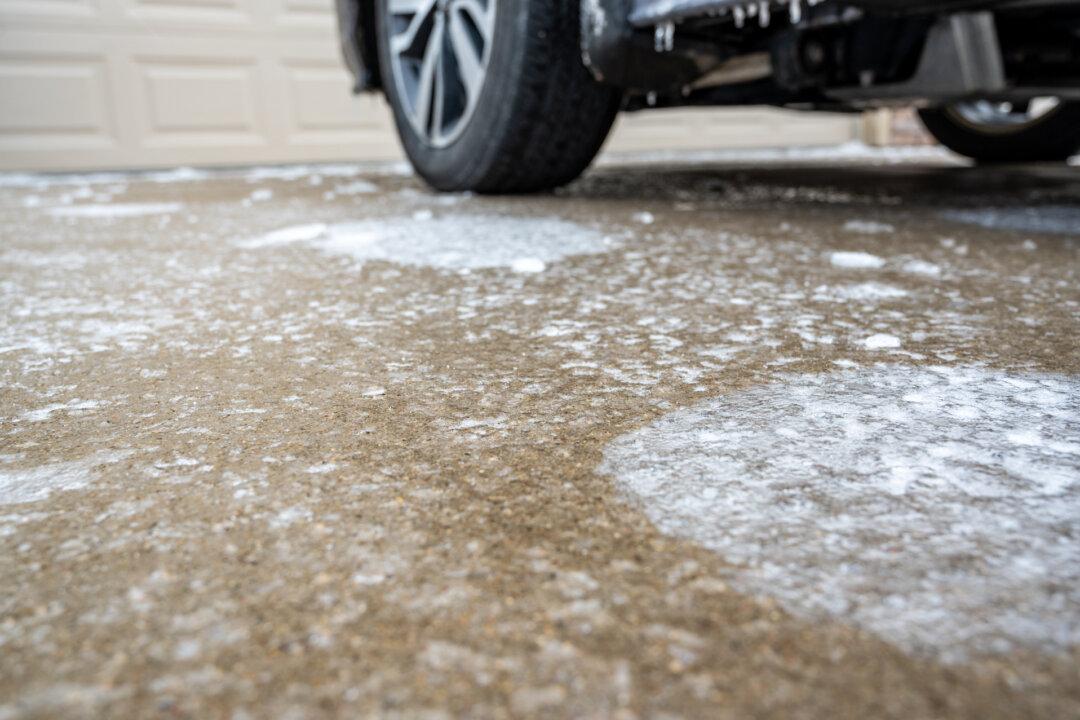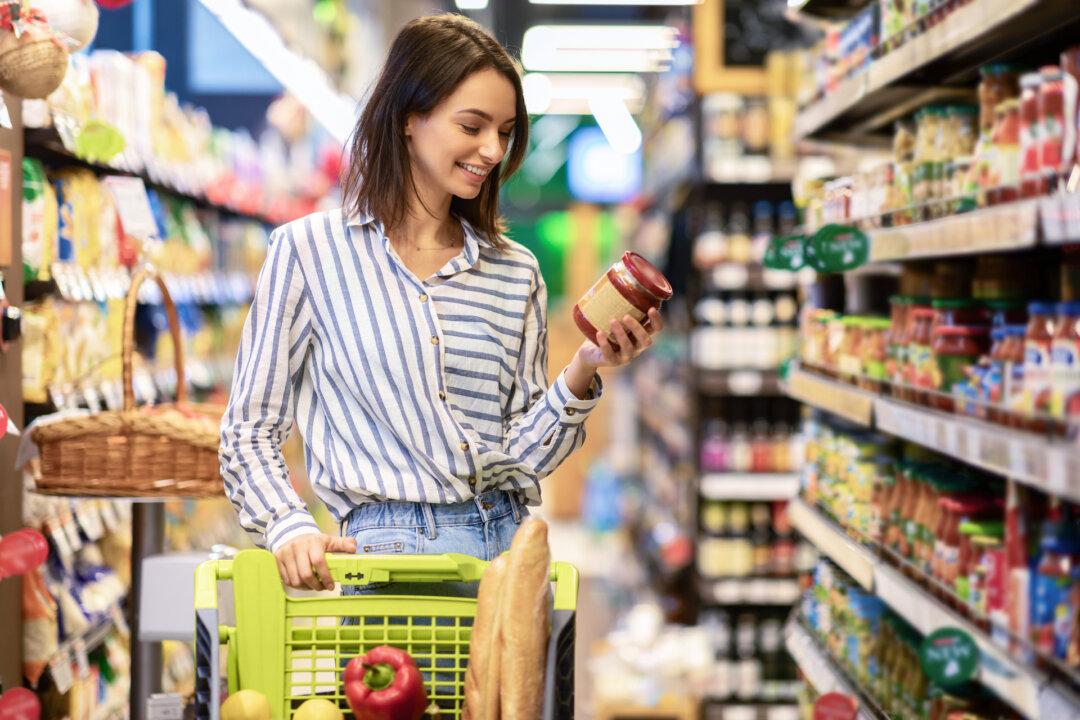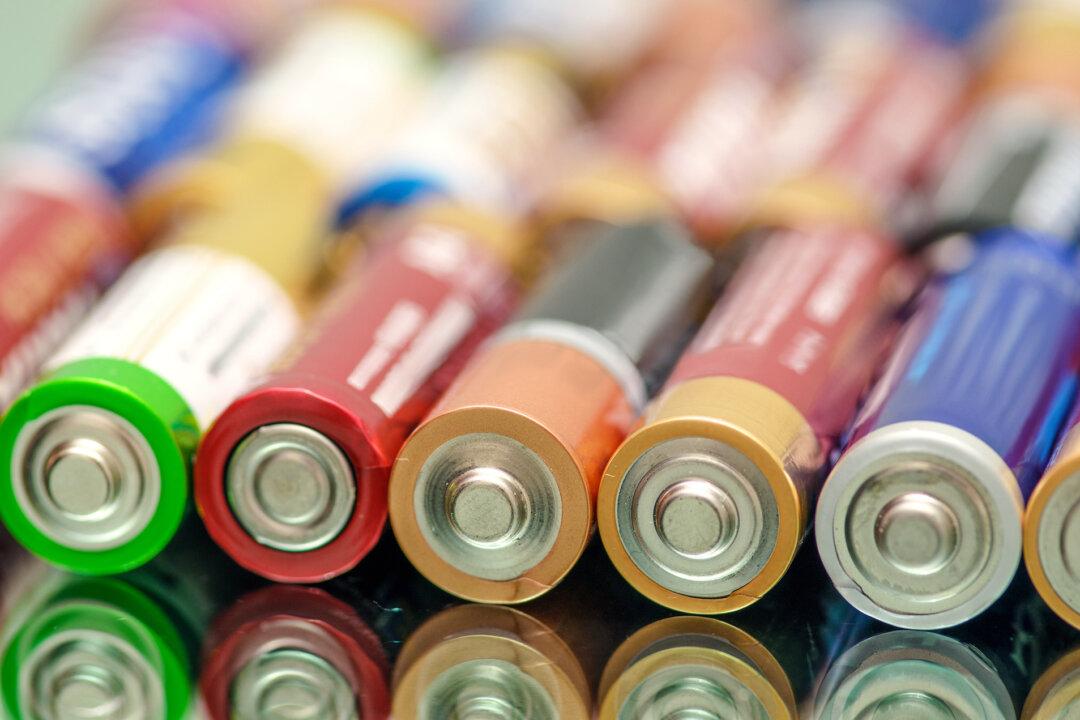Wish you could grow an edible garden but just don’t have any place to do that? I’ve got good news. Even if you rent and your landlord won’t allow you to dig up part of the property, no problem. You don’t need acreage, a big yard, or “perfect” conditions. In fact, you really don’t need any yard at all. There are myriad ways that you can get started today growing your own food. It’s easy, too!
On a Windowsill
So you don’t have a deck, a patio, or a backyard—or maybe you have all of them, but no desire whatsoever to garden outdoors. Got a window with a sill? You can grow a windowsill garden! Get ready for a new adventure.This means that even if you are an apartment-dweller, you can find the space to grow food and beautify your space at the same time. All it takes is a well-lit windowsill, some pots, plants, and a good attitude. The rest is going to take care of itself.
On a Deck
Even in a small space such as a deck or patio, you can grow many different vegetables and enjoy an amazing harvest for your efforts. There is nothing quite like making meals with herbs and vegetables that you have grown yourself—that you can harvest fresh right outside your back door.In a Pot
You really can grow an amazing amount of food in a pot or two. I’m talking peppers, cucumbers, tomatoes, and all kinds of herbs. The pot can be plastic, wood, or terracotta. And here’s the nice thing: You can move pots according to how much sun they need—or shade.To get the lowdown on the right kind of soil to use and exact how-tos, search for videos on YouTube.
In a Plastic Trash Bag
Seriously, you can grow a garden in a trash bag. The easiest way to get started growing stuff in plastic bags is with potatoes. You'll need a heavy-duty black trash bag, a shovel, a knife, potting soil, “seed” potatoes, and agricultural sulfur, available online or at any garden center. Find a complete step-by-step tutorial for how to get your bag planted and those potatoes growing at GardeningKnowHow.comFun Gardening Tips
Once you get going, here is a collection of random gardening tips to further your success and enjoyment for all-size gardens from acreage to windowsills.Clean Nails
Keep dirt out from under your fingernails by scratching a bar of soap before beginning. When you’re finished, wash your hands thoroughly. The soap will wash cleanly from under your fingernails.No Railroad Ties
Avoid using railroad ties in or around your vegetable garden. The chemicals used as preservatives to keep the wood from rotting are now thought to be toxic and harmful.Master’s Touch
Gently brush your hands across your tiny seedlings several times a day. This stimulates them to grow slightly slower, resulting in stronger, sturdier stems.Free Weed ‘Cloth’
Use newspapers as weed barriers when creating a new bed. They are printed with soy ink and decompose nicely and are simple to replace once decomposed. Use black and white pages only, not the slick-colored advertisements or colored pages. Once in place, cover the newsprint with mulch.Free Mulch
Coffee and tea grounds make excellent mulch around acid-loving plants. Caffeine is a natural fertilizer, but don’t overdo it, as too much could promote excessive leaf growth and diminished fruit production. In the case of tea grounds, you can leave them in the teabag, provided it’s made of paper, silk, or muslin. Bury it in the soil to provide nourishment for plants and a tasty treat for worms. Just be sure to remove the tags first. They take a long time to break down and might be plastic-coated.Perfect Seed Starters
Cardboard egg cartons make excellent seed starters. Punch a hole in the bottom for drainage, fill with potting soil, plant your seeds, and watch them flourish!Potting Soil, Please
Don’t use garden soil as potting soil in containers. Its quality and texture are variable; it may drain poorly or be too loose and drain too quickly. It is also more likely to contain diseases, weed seeds, and insects. Do it right the first time using a standard potting soil, and you won’t be disappointed.Project Head Start
Soak seeds to get a jump on the season. Before germinating, seeds need to drink up moisture, just as if drenched by spring rains. Once they become plump and swollen, the little embryo inside will begin to grow, signaling that it’s ready to be planted.There’s something soothing and satisfying about getting your hands dirty and watching stuff grow!





